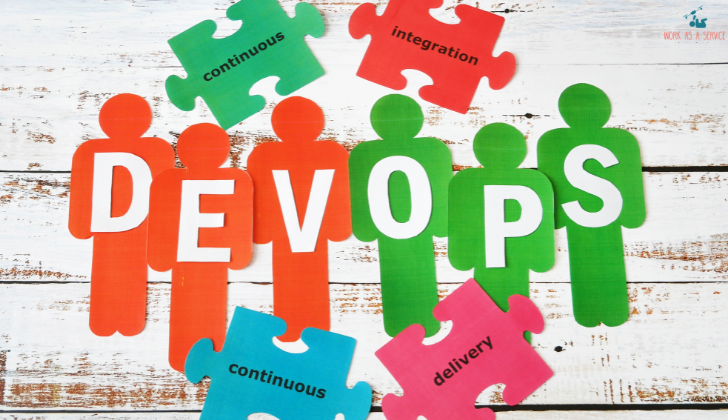
Five Essential DevOps Practices That Every Developer Should Know
DevOps is a combination of development and operations, and it is an invaluable tool for developers. It helps teams quickly and efficiently develop, test, and deploy software.
DevOps provides developers with the ability to automate and streamline processes, improve communication between teams, and increase collaboration. With the right DevOps practices, developers can increase the speed and quality of their development process.
This article will explore the five essential DevOps practices that every developer should know. From automated testing and continuous integration to version control and configuration management, these
DevOps practices are essential for any successful development project. With the right DevOps practices, developers can create better, faster, and more reliable software.
Automated Testing
Automated testing is one of the most important DevOps practices. It provides a clear understanding of the project’s current state, the health of the application, and the types of risks associated with the software.
Automated testing is essential for continuous delivery and continuous deployment. It helps to identify issues with the software early on and make updates without having to slow down the production process.
To be successful, automated testing must be a core principle of your project from the beginning. It should be a part of the project’s product roadmap and be consistently built into the development lifecycle.
Since automated tests are written with the code, it can be very easy to create the tests with the right tools.
There are many options for creating automated tests, and you can use a combination of tools to create a testing environment that best suits your project.
Continuous Integration
Continuous integration (CI) is the process of integrating code on a regular schedule and bringing together changes from various team members. By integrating code frequently, you can identify problems and create a positive feedback loop that improves the project’s health.
CI also has benefits such as giving team members a clear view of code changes, reducing the risk of broken builds, and streamlining the testing process. With the right CI tools and services, you can efficiently create a continuous integration environment that can help the team identify potential problems and create a strong feedback loop for continuous improvement.
Continuous integration includes automated testing, so it is important to understand that the two go hand in hand. CI helps the team identify risks, reproduce problems, and resolve issues more quickly. It can also help to determine if the product can be deployed to production.
Version Control
Version control is another important DevOps practice. It is the process of managing and tracking changes to a project’s code. With version control, team members can easily identify how and when changes were made, and who made them, and see what they changed.
This can help to identify potential issues and understand the current state of the project’s code. There are many different version control tools available. This includes tools like Git, Mercurial, Subversion,
and Perforce. The right version control tool will depend on your project’s needs.
Whether you’re working as a solo developer or part of a larger team, version control is an important DevOps practice. It helps you to track changes throughout the project’s lifecycle and ensures that the code is consistent, reliable, and traceable.
Configuration Management
Configuration management is the process of managing and tracking changes to your project’s configuration files.
This includes files like server provisioning scripts, database scripts, and code configuration files.
These files can be managed and tracked through configuration management tools.
This also includes error tracking and problem-solving. Some configuration management tools include built-in error tracking that can help to identify potential issues and understand the root cause of the problem.
When combined with version control, configuration management can help to create a complete auditable history for your project.
It can also help to centralize and standardize the configuration across different environments. This will help to ensure consistency across the project, regardless of the environment.
Infrastructure as Code
Infrastructure as code is the process of basing your project’s infrastructure on code. This is different than configuration management since it is only focused on the server provisioning process.
It is a way of managing and tracking changes to your project’s infrastructure. It is a consistent, repeatable process.
This can help to ensure that the infrastructure is managed and consistent across the project. It can help to ensure that the project’s infrastructure is scalable and uses best practices.
Challenges of Adopting DevOps Practices
There are many challenges associated with adopting DevOps practices. It can be difficult to standardize a process across the entire project team.
This can be challenging since many people have different skills and workflows. It is also important to remember that practices can change over time. New technologies and ideas can emerge and require adjustments to the process. These challenges are normal in any project.
It is important to remember that a DevOps approach is a journey and that it can take time to implement these practices successfully. It is important to start with one practice at a time, implement it fully, and then move on to the next one. With the right commitment, these practices can improve your project and help you to deliver better software faster.